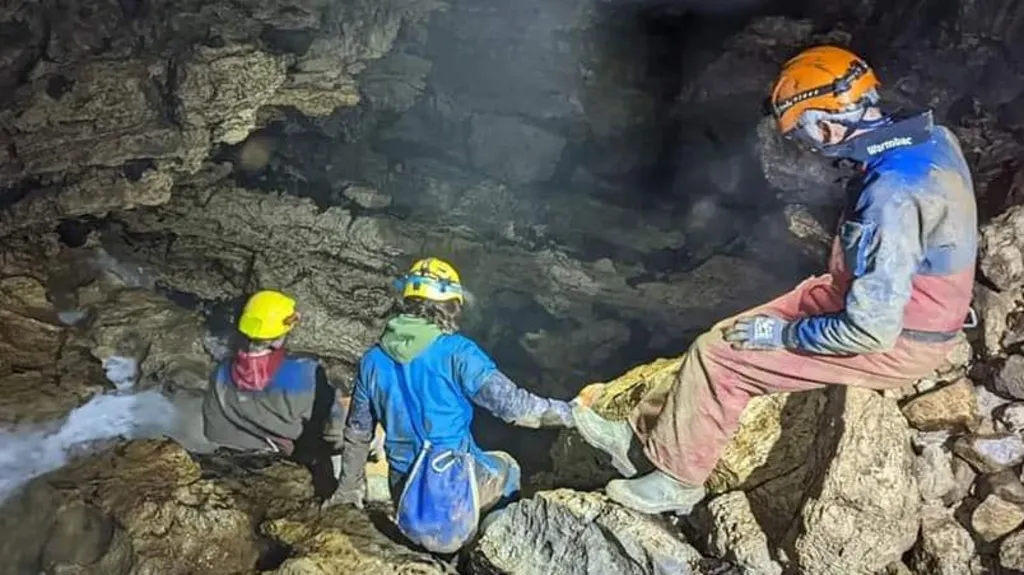Perched atop a limestone cliff in the northwest Highlands are caves that have captivated visitors to the region for over 135 years.
The initial scientific excavations of the Bone Caves at Creag nan Uamh, led by geologists Ben Peach and John Horne in 1889, revealed remnants of Arctic fauna and provided evidence of human utilization of the caves by hunters approximately 8,000 years ago.
Since the pioneering work of Peach and Horne, subsequent discoveries have unveiled expansive chambers and labyrinthine underground passages spanning 2 miles (3 km). Among the intriguing finds is a potential polar bear bone.
Speleologists, proficient in cave exploration, remain optimistic about the potential for further discoveries in the vicinity near Inchnadamph in Assynt.
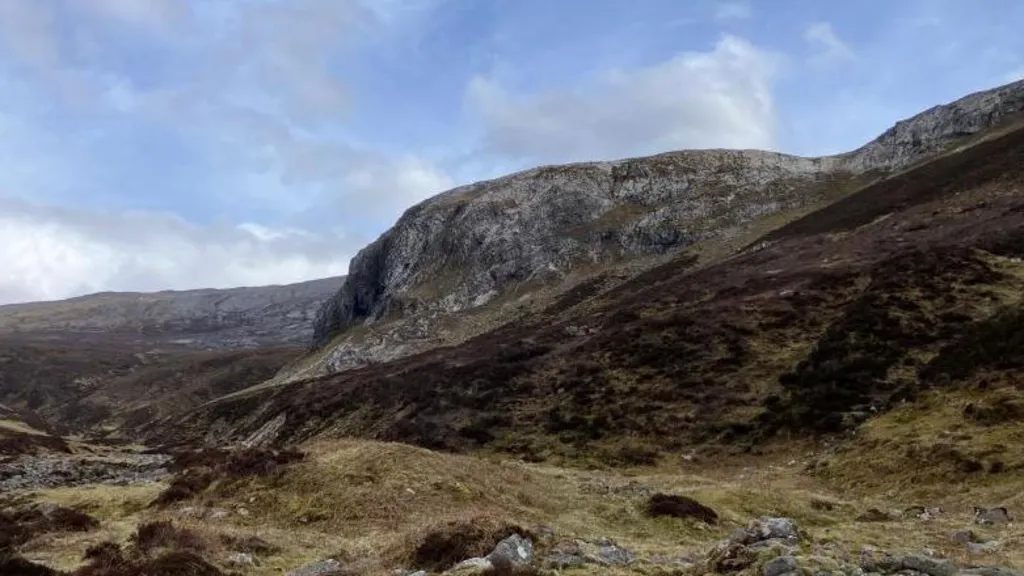
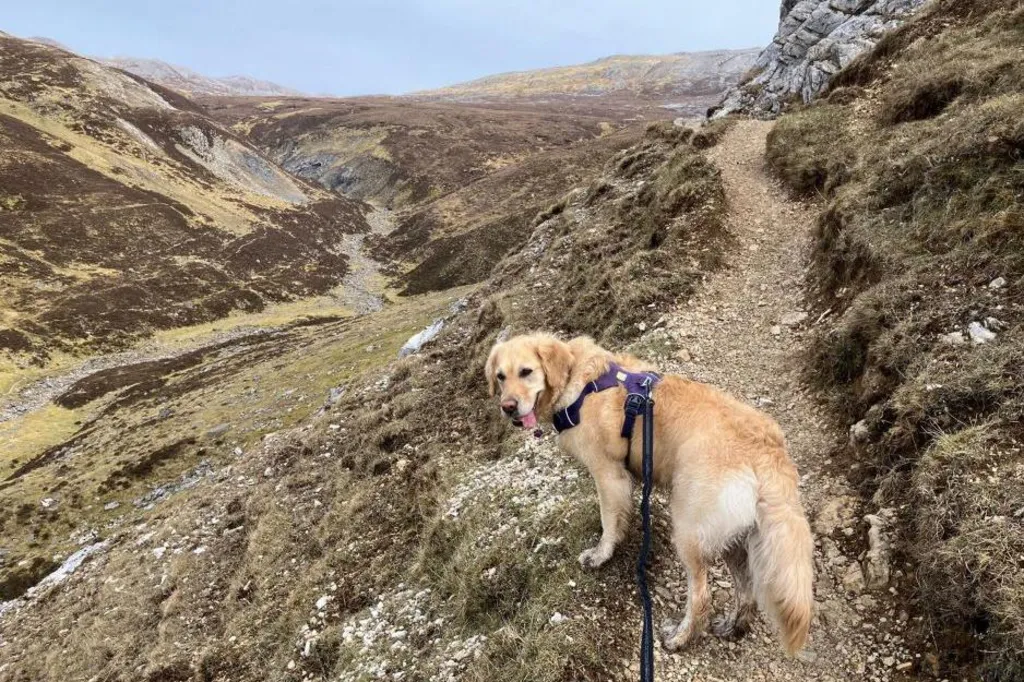
A rugged path winds its way towards the formidable cliff of Creag nan Uamh, guiding visitors to its four primary caves.
Along the trail, warnings abound of potential rockfalls, and the ground plummets sharply on one side of the narrow path as it approaches the cliff’s edge.
Upon reaching the cave entrances, water trickles down from the sheer rockface overhead.
From this vantage point, one can behold sweeping vistas of the desolate hills stretching to the valley below, accompanied by the spirited rush of the Allt na Uamh stream.
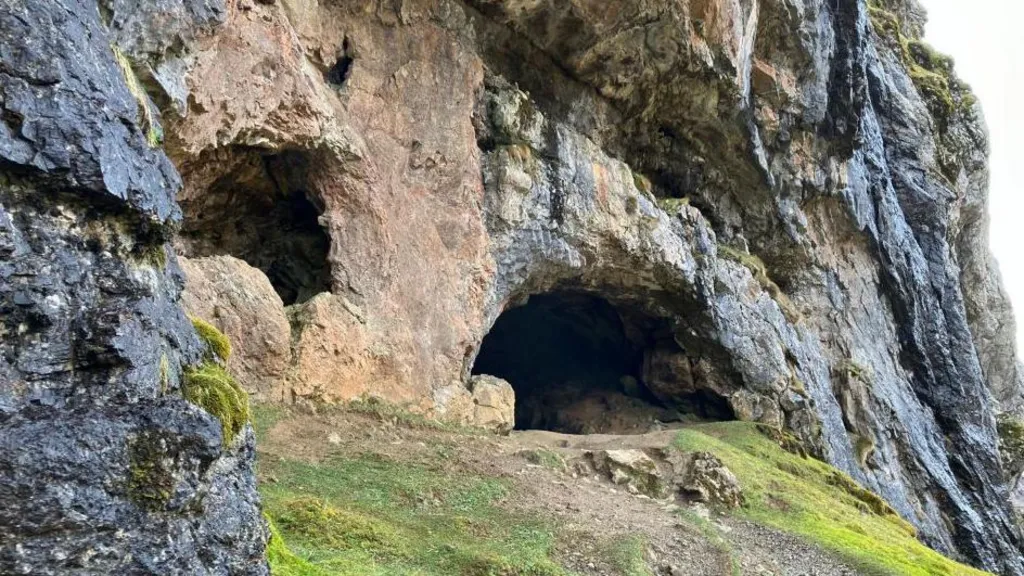

“In existence for over 200,000 years, Scotland’s Bone Caves have intrigued scientists for over a century. Unveiled within, ancient treasures reveal a prehistoric world, including remnants of bears, reindeer, and long-lost species like lynx and wolf.”
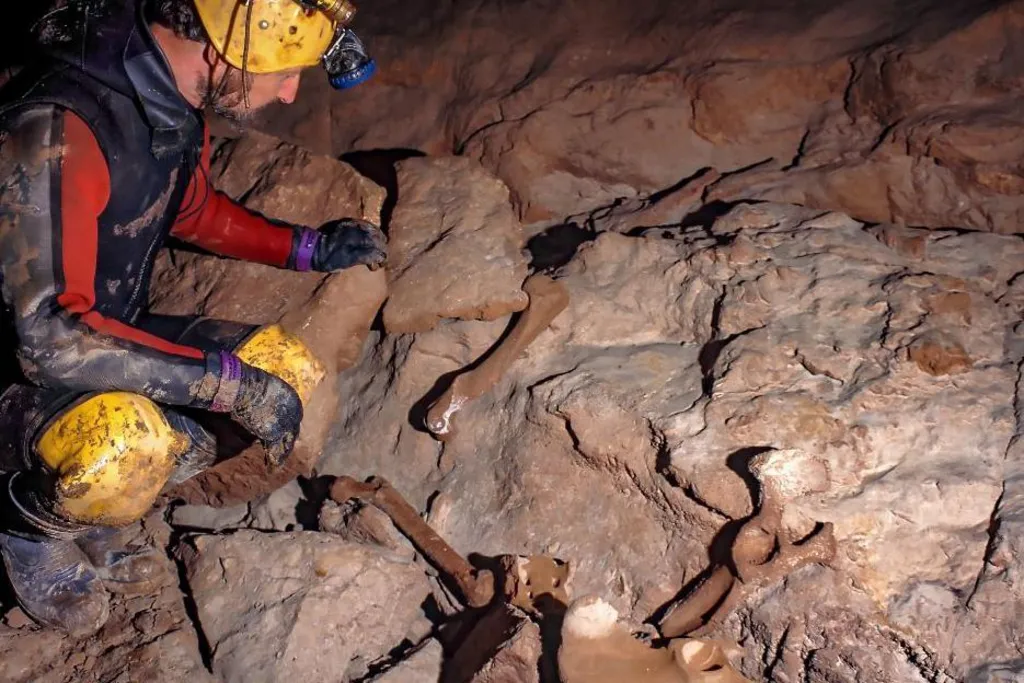
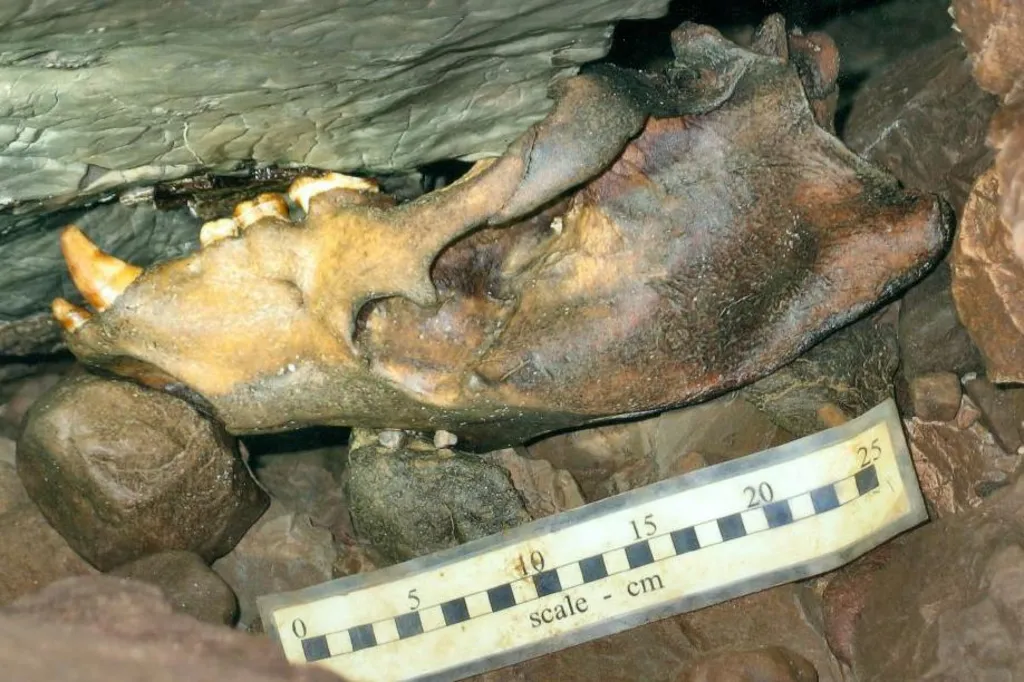
“Excavations in 1889 and subsequent digs in 1926-27 marked the start of exploration in Scotland’s Bone Caves. Major finds continued in 1967 with the discovery of Uamh an Claonaite, further expanded by expeditions in 1975 and 1995. Today, these passages, stretching approximately two miles, hint at even greater depths yet to be uncovered.”
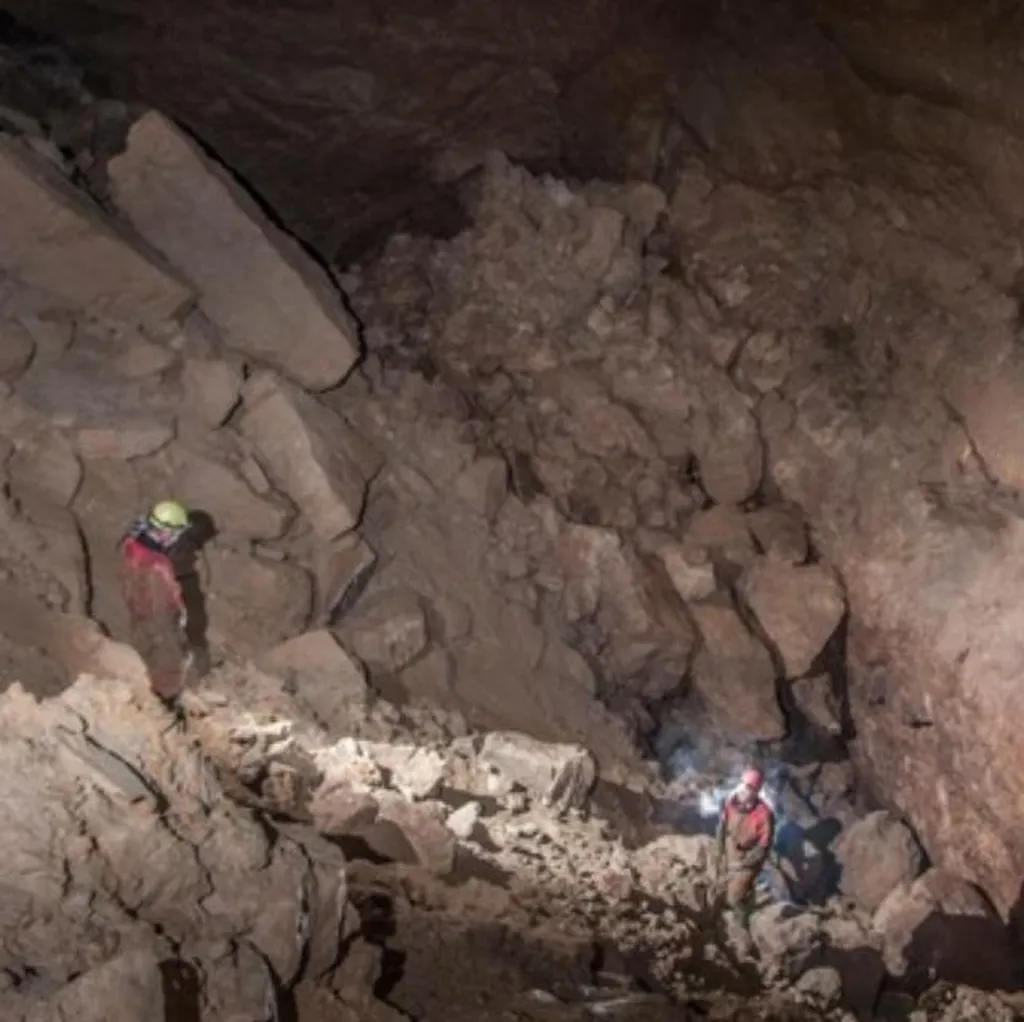
“Flooding poses a challenge to exploring the underground systems near the Bone Caves, but Alan Jeffreys from Grampian Speleological Group remains optimistic. He believes there’s potential for new discoveries, with passages possibly extending beneath the caves and new ones potentially running north along Breabag. These findings, chronicled in the group’s recent book ‘Caves of Assynt,’ hint at a vast network waiting to be uncovered, including a newly opened cave system in the north fork of the Allt nan Uamh valley, offering tantalizing glimpses of unexplored territory.”

Dr. Tim Lawson, an expert in animal remains from the Bone Caves, explains that creatures entered the cave chambers either by walking in or being carried by predators. The presence of bears indicates that the caves served as crucial hibernation sites for thousands of years, with individual bears dating back as far as 45,000 years. Additionally, the abundance of reindeer suggests Assynt was a significant calving ground even before the last ice sheet covered the land. Excavations in the 1880s and 1920s yielded the largest amount of animal remains in Scotland, spanning over 50,000 years. While unauthorized digging is prohibited due to the site’s status as a Scheduled Ancient Monument, Dr. Lawson is involved in a project with the University of Aberdeen to reassess sites in the region. He hopes for permission to conduct limited re-excavation in the Bone Caves in the near future. Their research, including the extension of radiocarbon dating to new specimens, promises to uncover further insights into the cave deposits’ intriguing history.
